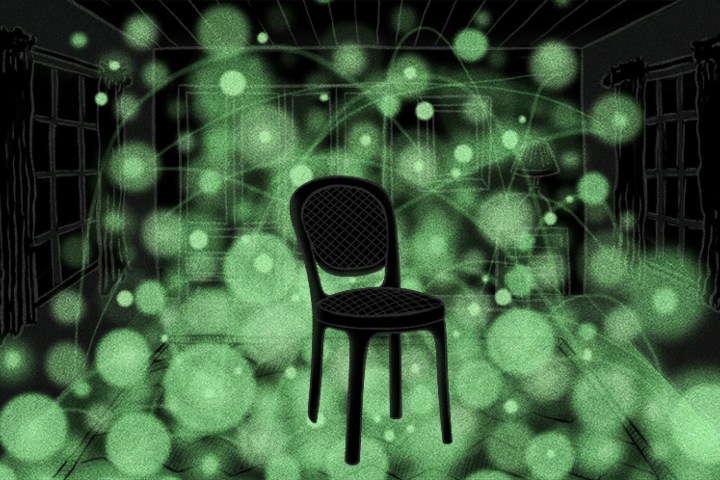
Our bodies are squishy, porous, fluid-filled things. Slight changes in heat can mean significant changes in the nanoscale structures that we are made of. These random structural fluctuations — also called Brownian motion — make it difficult to capture clear, detailed, 3D images of the nano-parts of our bodies.
“We don’t need to build a complicated mechanism to move our probe around. We sit back and let nature do it for us.”
One common technique is to add chemical stiffeners to biological samples, fixing them in place long enough for sensors and microscopes to focus. But when these chemicals are applied, the samples lose their natural form and functional properties. Researchers can also focus on some — but not all — nanostructures when they’re pressed against a glass surface.
Neither of these methods is ideal, and so fifteen years ago, Dr. Ernst-Ludwig Florin and his team developed a technique called thermal noise imaging. They first patented and described their technique in 2001 but have only now been able to demonstrate that it works in a paper published this week in the journal Nature Communications.
To understand how thermal noise imaging works, the researchers offer the following analogy: You’ve been asked to map a completely dark room using only a fluorescent bouncy ball and a fast-shudder camera. Pointing the camera into the room, you toss the ball and quickly take many consecutive photos as the ball bounces around. You notice that the ball ricochets off of some unseen objects and that its fluorescent light shines around others. By stitching together these photos, you could map the room’s negative space and determine the location and shape of the various objects.
In thermal noise imaging, the dark room is a biological sample and the fluorescent ball is a nanosphere, which bounces in Brownian motion, the same erratic effect that makes most microscopy images so blurry. “We’ve turned it to our advantage,” Florin said in a press release. “We don’t need to build a complicated mechanism to move our probe around. We sit back and let nature do it for us.”
Using the new technique, Florin and his team were able to measure the mechanical properties of collagen fibrils for the first time with a resolution better than 10 nanometers, according to the researchers. These findings bring scientists one step closer to understanding our skin’s elasticity — and one step closer to creating its artificial analog.
“If you want to build artificial skin, you have to understand how the natural components work,” says Florin. “You could then better design a collagen network that acts as a scaffolding that encourages cells to grow in the right way.”


